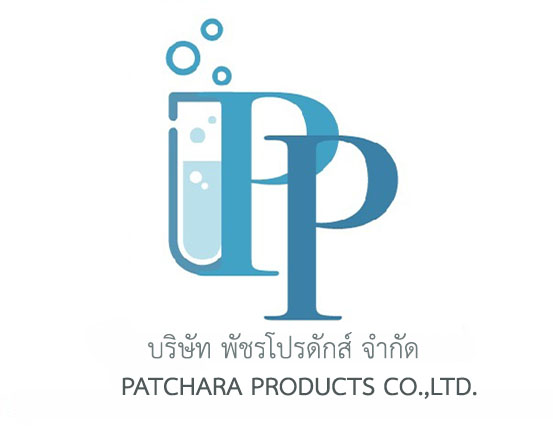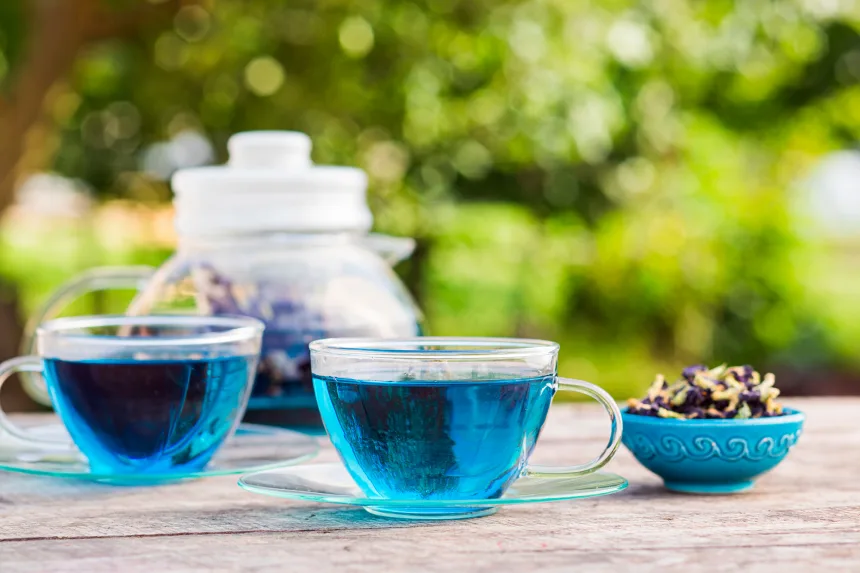The US Food and Drug Administration has approved three new color additives from natural sources “that will expand the palette of available colors from natural sources for manufacturers to safely use in food,” the agency said in a news release.
The three dyes are Galdieria extract blue, butterfly pea flower extract and calcium phosphate.
US Department of Health and Human Services Secretary Robert F. Kennedy Jr. has made phasing out petroleum-based dyes in the nation’s food supply one of the priorities in his broader initiative to “Make America Healthy Again.”
Artificial food dyes are facing new restrictions or bans at both the federal level and in more than half the states. In April, FDA Commissioner Dr. Marty Makary announced the agency would work with the industry to remove and replace the dyes, though the FDA largely hasn’t yet made this a requirement for industry.
“For too long, our food system has relied on synthetic, petroleum-based dyes that offer no nutritional value and pose unnecessary health risks,” Kennedy said in a news release. “We’re removing these dyes and approving safe, natural alternatives — to protect families and support healthier choices.”
The FDA approving these natural colorants is a step forward, said Scott Faber, senior vice president of government affairs at the Environmental Working Group, a nonprofit environmental health organization.
“Thanks to the FDA, food companies will have even more options they can use as they switch from synthetic colors to natural colors,” Faber said via email.
“While it’s good news that the FDA has acted on industry petitions to approve natural colors, it’s bad news, however, that the FDA has failed to act on our petitions to ban harmful ingredients in food, including chemicals linked to cancer” and other health issues, Faber added.
Those chemicals include phthalates, synthetic chemicals used in food packaging and other everyday products, and PFAS (per- and polyfluoroalkyal substances), used in many consumer products and commercial uses. Others are perchlorate, an antistatic agent for food packing; titanium dioxide, a white pigment; and BHT (butylated hydroxytoluene), a preservative.
3 new natural food dyes
Galdieria extract blue derives from Galdieria sulphuraria, a type of red algae that carries a water-soluble blue pigment known as C-Phycocyanin and is found in acidic volcanic hot springs and calderas, according to the FDA and Fermentalg, a French chemical company using micro-algae for colorants, foods and supplements.
Fermentalg sought approval for the additive for foods and beverages via a petition it submitted to the FDA in 2021 and has patented a Galdieria sulphuraria extract under the name Everzure.
Galdieria sulphuraria’s natural ability to reside in acidic environments lends to its stability in food and beverages, which is something food and beverage manufacturers have been concerned about in the shift to natural alternatives to highly stable artificial dyes.
Butterfly pea extract is a blue color from which manufacturers can create a range of shades including bright blues, intense purples and natural greens, according to the FDA. It’s produced from the water extraction of the dried flower petals of the butterfly pea plant, and is already approved for some uses, including sports drinks, fruit drinks, fruit and vegetable juices, alcoholic beverages, candy and ice creams.
Its use is now expanded to also include ready-to-eat cereals, crackers, snack mixes, hard pretzels, plain potato chips, plain corn chips, tortilla chips and multigrain chips, the FDA said. The petition that raised this extract for consideration was submitted in February 2024 by the St. Louis-based Sensient Colors, one of the largest global dye-makers.
Read more at https://edition.cnn.com/2025/05/09/health/natural-food-dyes-fda-approved-wellness

